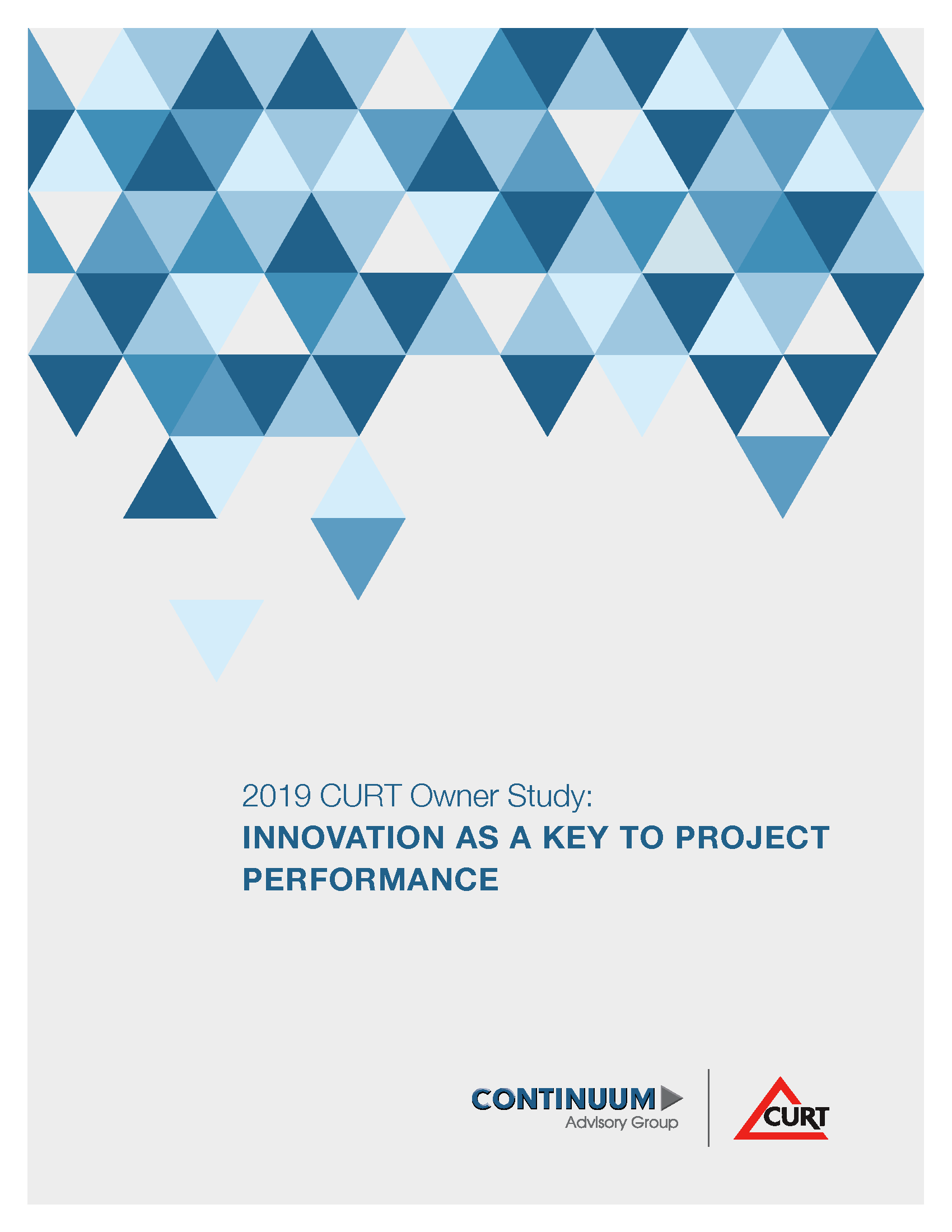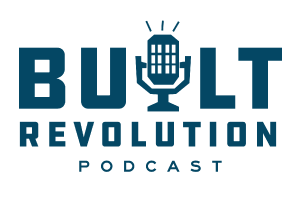Innovation is a term on the brink of overuse. It is used to describe major…
E/C/F and the Bottom Line: Measuring Your Impact
The purpose of owner E/C/F (Engineering, Construction, and Facilities) teams may seem obvious: build stuff so that business happens. You wouldn’t be wrong, in the same way that a computer’s purpose is to “do math fast.”
 The strategic benefits of that team can be harder to identify. Continuum Advisory Group recently completed a study to uncover these benefits and interview people changing the relationship between E/C/F and the internal clients they serve. Above all, we want to show others how.
The strategic benefits of that team can be harder to identify. Continuum Advisory Group recently completed a study to uncover these benefits and interview people changing the relationship between E/C/F and the internal clients they serve. Above all, we want to show others how.
In our new blog series, we’ll be exploring the results of the study in greater depth. Each blog is focused on one of the eight identified themes from our interviews with 35 diverse corporations.
In our previous installment, we discussed the intangible aspect of an accountable, innovative culture. Culture does the talking, but money makes people listen. So today we’re going to talk about the bottom line, specifically how your E/C/F department can leverage that to increase its standing.
Reliability vs. Innovation
In many organizations, the C-suite is made up of people who inherently avoid risk.. Risk equals gambling with stock prices and unhappy shareholders. As a result, the adage of “if it ain’t broke, don’t fix it” can reign supreme in the boardroom.
Because E/C/F teams deal in tangible deliverables, they have an incredible opportunity for process innovation. This innovation can be stifled by nervous executives, hampering your department’s budgetary growth and practical potential.
This risk-averse culture was reflected by our interviewees. The average reliability of their capital budgeting process hit a 3.96 out of 5, indicating effectiveness but room for growth. With 87% of respondents confirming E/C/F’s role in the budgeting process, the voice is there for closing that final 1.04. But when executives are shaking their heads, the question is how?
Proving Your Worth
 Our most effective respondents cited direct links between capital projects and the bottom line as swaying stubborn C-suiters. Ron May of DTE Energy specifically correlated his department’s efforts to ROI and earnings, showing their place in enterprise-level goals.
Our most effective respondents cited direct links between capital projects and the bottom line as swaying stubborn C-suiters. Ron May of DTE Energy specifically correlated his department’s efforts to ROI and earnings, showing their place in enterprise-level goals.
One respondent pointed out an interesting contradiction: the tendency to hoard capital project money can actually hurt a bottom line. Their company took a 2 cent per share loss during a stock repurchase for this exact reason. Evidence like this – particularly through the voice of a skilled E/C/F leader – can speak volumes.
With hard data and the right conversation, you too can position your E/C/F department for budget growth. Next time we’ll go beyond the macro level, and discuss the position of individuals in your department.
If you want to read more about how to turn your E/C/F department into a strategic powerhouse, check out our full study here.


